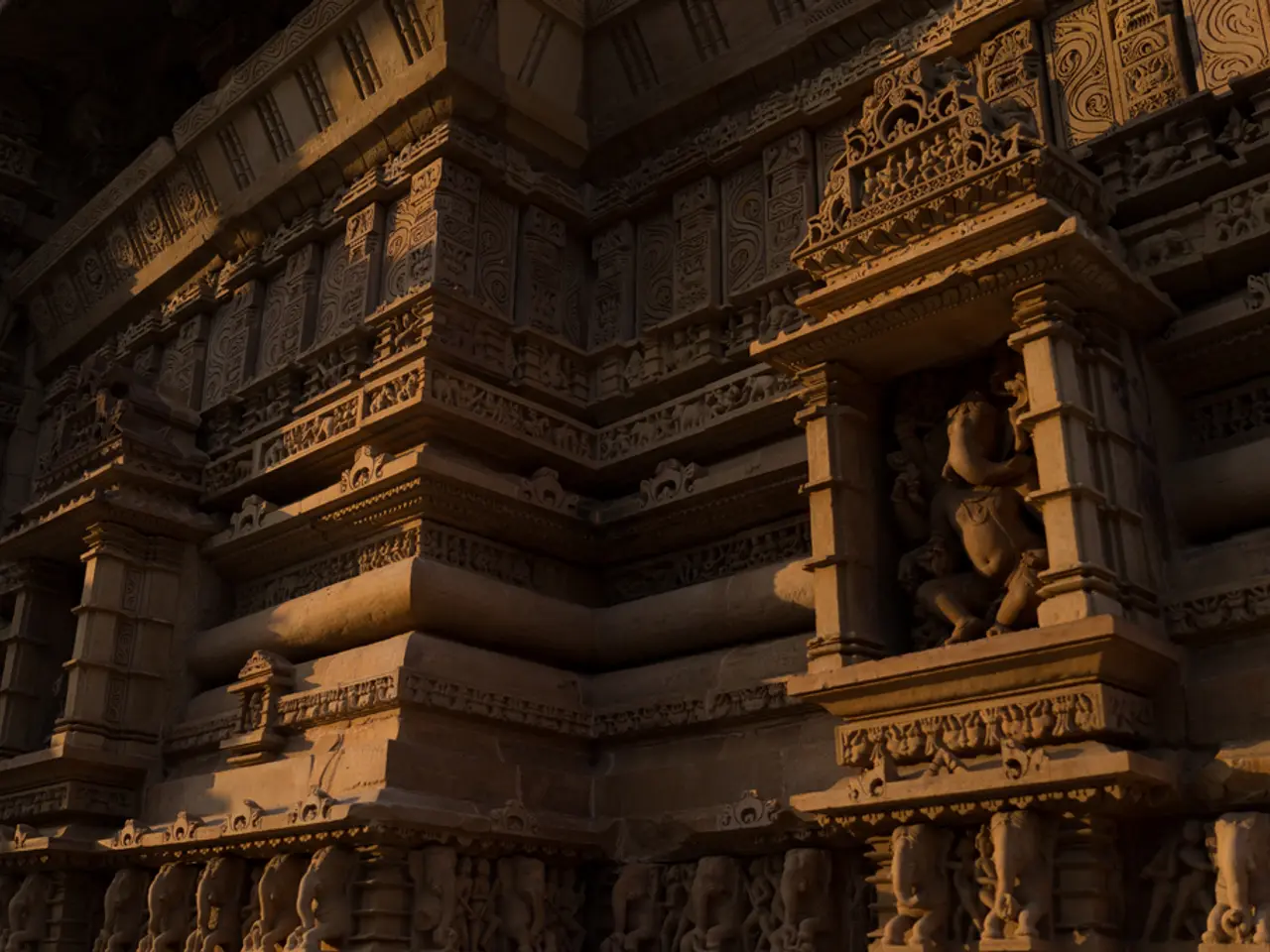Archaeologists Uncover Remains of Ancient Isis Temple in Alexandria
Archaeologists have made a significant discovery in Alexandria, unearthing remnants of the ancient Isis Temple that once stood on an island in the city's harbor. This find is considered a major milestone in the study of ancient Alexandria and Cleopatra.
The discovery is the result of nearly three decades of work by archaeologists Jean-Yves Empereur and Franck Goddio. They have gradually excavated and explored the remains of the ancient harbor installations and buildings, including the Iseum of the Isis temple.
The new findings are detailed in the recently published volume 'The Iseum of the Royal Island of Antirhodos'. The temple, dedicated initially to the god Osiris, later served as a sanctuary for Isis and as a personal cult site for Cleopatra and Ptolemy XII. It underwent several phases of renovation and expansion before being destroyed by an earthquake and sinking into the sea.
Underwater archaeologists have recovered a wealth of artifacts from the submerged temple, including coins, parts of the temple treasure, and remnants of wall frescoes.
The discovery of the Isis Temple's remains provides valuable insights into the religious and cultural life of ancient Alexandria. It also sheds light on the city's harbor and its role in trade and maritime history. The findings continue to enrich our understanding of the Ptolemaic period and the legacy of Cleopatra.








